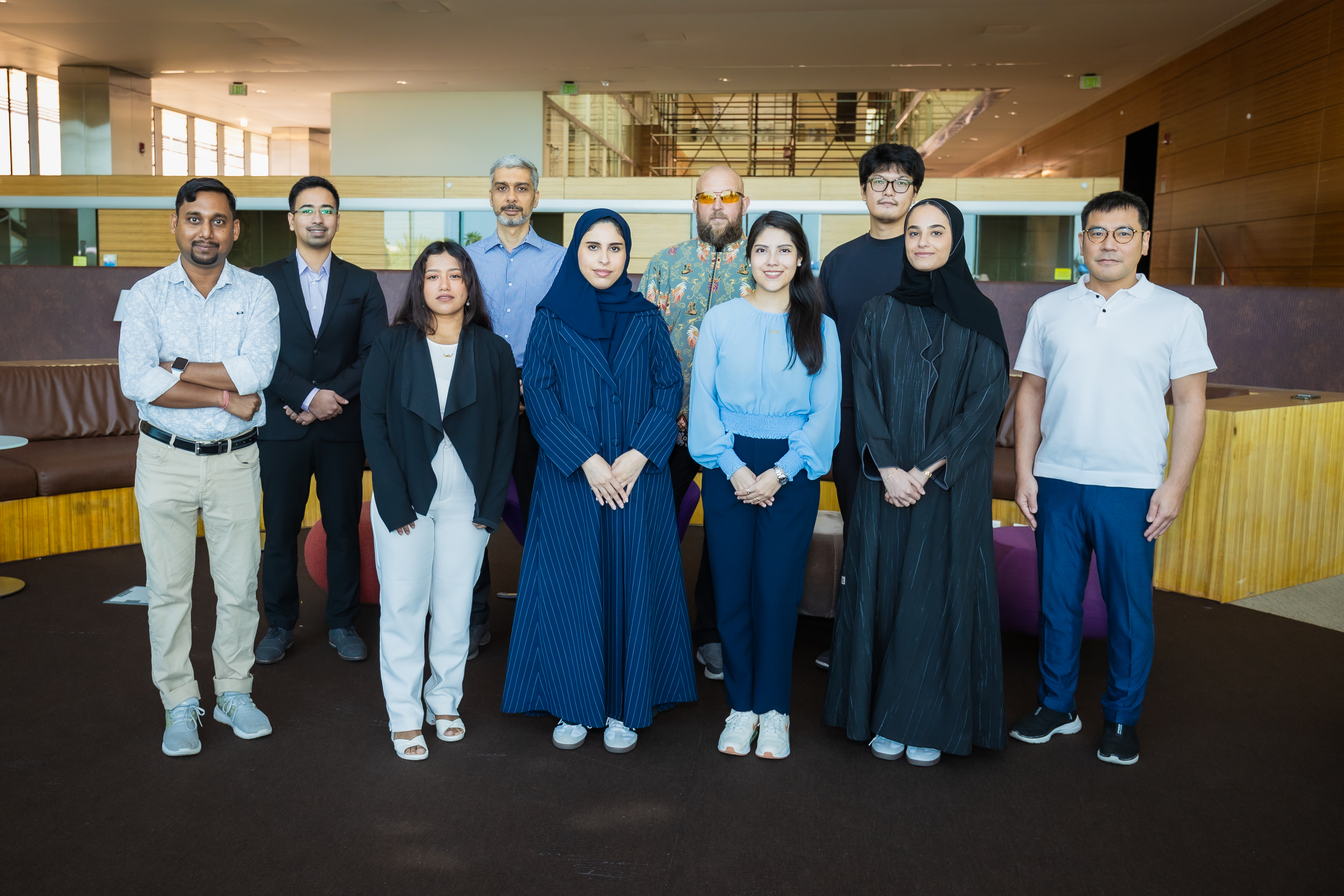Molecular Imaging and Microscopy Lab
We take interdisciplinary approach to develop fluorescence molecular imaging tools.
Overview
We work on the development of tools and materials for fluorescence molecular imaging, with particular emphasis on single-molecule imaging and microscopy. Our research focuses on the development of microfluidics-based fluorescence imaging platform, development of near-infrared and shortwave infrared fluorescent nanoparticles, development of new single-molecule tracking methods, and DNA-protein hybrid nanostructure.
